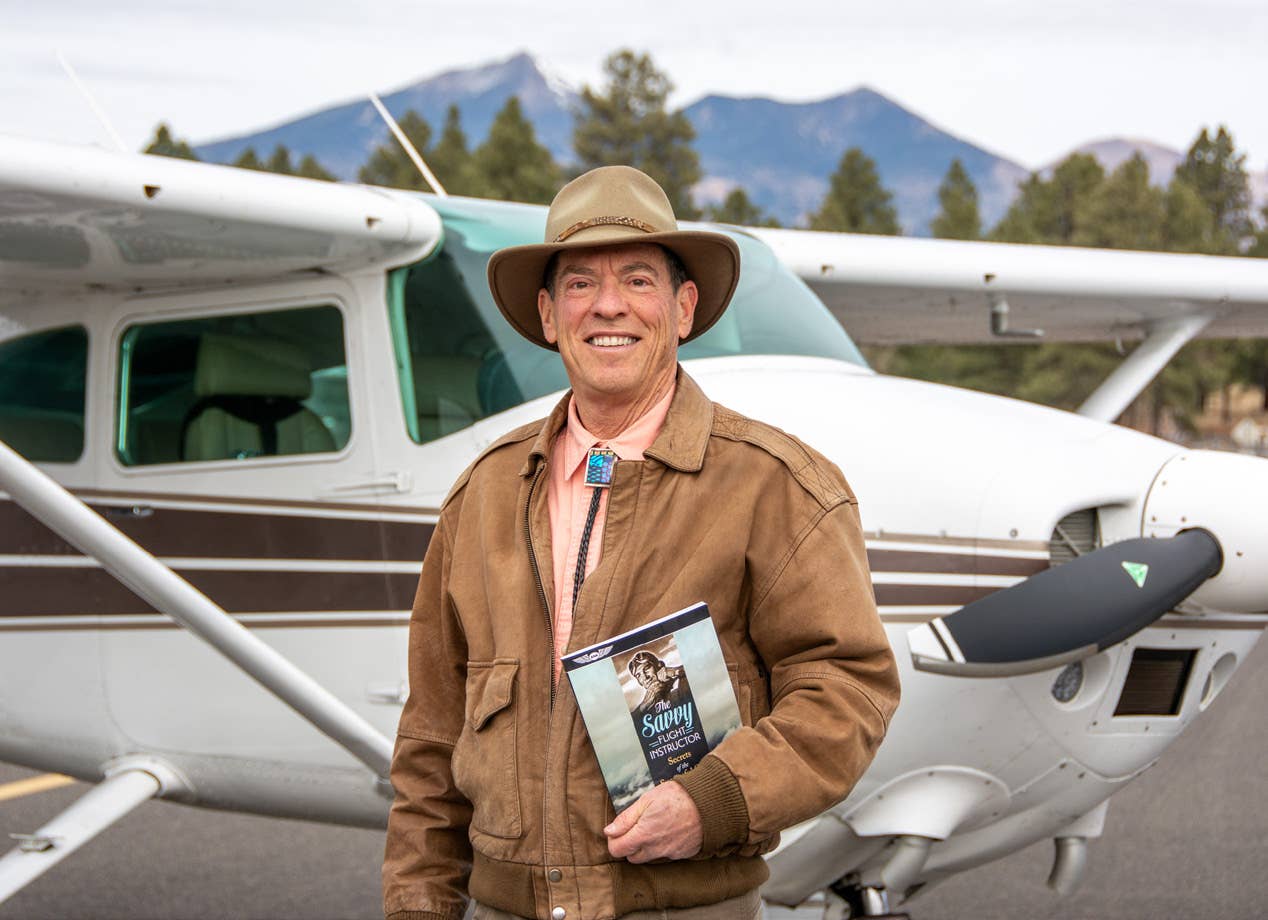
When it comes to pure size and reach, no ab initio/professional career flight training academy can surpass Airline Transport Professionals (ATP), a flight academy founded in 1984 in Jacksonville Beach, Florida. With 25 locations now stretching from San Diego and Fort Lauderdale to Trenton, New Jersey, and another four locations (Charlotte, Tampa, Indianapolis and Oakland) opening soon, the academy has an impressive presence from coast to coast. It also has a fleet of 142 aircraft, including 86 Piper Seminoles and 50 Cessna 172s, which comprise the bulk of its training machines. The company also has five Diamond Stars, which offer glass cockpit training for GA pilots, one CitationJet, and has ordered 20 Diamond Aircraft D-Jets that it plans to incorporate into its training programs.
The academy's initial focus was on accelerated multiengine flight training, with an emphasis on pilot career development. Today, the courses it offers have expanded, but the focus is still on training for a professional pilot career. Eighty percent of ATP's students are enrolled in its "Airline Career Pilot Program," which offers ab initio (from the beginning) training through private, multiengine, instrument, commercial and CFI ratings.
A five-month "fast-track" version of the training, which includes housing and promises students 275 hours of loggable flight time (50 in a Flight Training Device), costs $54,995. For students who already have a private rating and 85 hours of flight time, that time drops to 90 days, and the price to $44,995, including 190 loggable flight hours (50 hours in an FTD). Students can also pursue the Airline Career Pilot Program at their own pace, but housing isn't included. The ACPP now also includes a formerly "added option" CitationJet transition module, including three hours of classroom and a flight in the school's CitationJet.
At the end of that program, students graduate with multiengine commercial instrument with CFI ratings, including about 165 hours of multiengine piston time. But then what? Well, one option is to apply to be a CFI at the academy. Almost all of ATP's ground and flight instructors are recent graduates of the program. At the moment, due to the economic downturn, ATP has fewer-than-normal openings … only about 30 percent of its 2009 graduates have been hired, according to Jim Koziarski, vice president of flight operations. But most of the others can put their names on a waitlist and get first dibs on new openings at ATP's existing or soon-to-be-opened centers.
In February of this year, ATP also began offering another option. Instead of going through the entire standard program, students can choose a track that includes 50 less multiengine cross-country hours in their initial training, but segues into a first officer internship with Gulfstream International Airlines (GIA), allowing them to earn a Beech 1900 type rating and build another 250 hours of twin turboprop "line" experience. The price for the GIA training track is $64,995 for post-private students, or $74,995 for ab initio students. But regardless of which track ACPP students choose, ATP also has letters of agreement with 10 regional airlines, which at least gets graduates an interview with various potential future employers.
The ACPP accounts for the vast majority of ATP's students and training focus. But the academy still offers a number of stand-alone, accelerated training programs, ranging from a four-hour "glass cockpit training program" using the DA40s ($495), to a seven-day Regional Jet Standards Certification Course that includes 28 hours of CRJ200 sim time ($4,995). And Diamond Aircraft recently selected ATP to provide factory-authorized training for the new Diamond D-Jets. ATP also plans to incorporate the D-Jets into its Airline Career Pilot Program, to give students more turbine experience and training.
Because ATP has so many locations, it has a large pool of graduates, most of whom are currently working in the airline industry. That can be an advantage for current students, because ATP's "Pilot Career Coach" program attempts to link students with alumni "mentors" who can offer real-world advice from the school of experience. And while coming up with $50,000 or more for ratings is a daunting challenge in a tough economy -- and not an option or even the best choice for everyone -- ATP does accept VA financing and tries to help students get loans from local lenders.
The vast number of training centers ATP offers allows flight students an amazing choice of places and environments in which to train, ranging from the tropical southern shores of Florida to the deserts of the Southwest, to the challenging mid-Atlantic states. In addition, some, but not all, of the centers incorporate glass-cockpit DA40s into their curriculum. So potential students should take a little time to figure out which training location, and which environment, is the best match for them.
For more information, contact: Airline Transport Professionals, 800/255-2877 (800/ALL-ATPS), or allatps.com.

Sign-up for newsletters & special offers!
Get the latest FLYING stories & special offers delivered directly to your inbox






